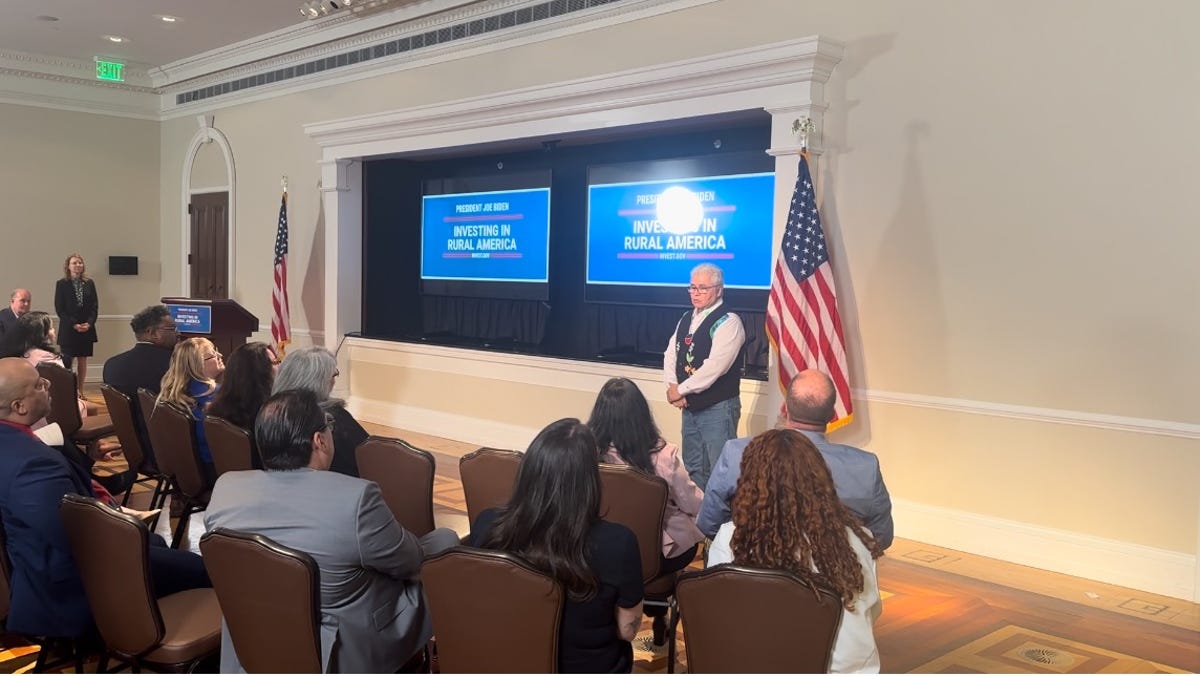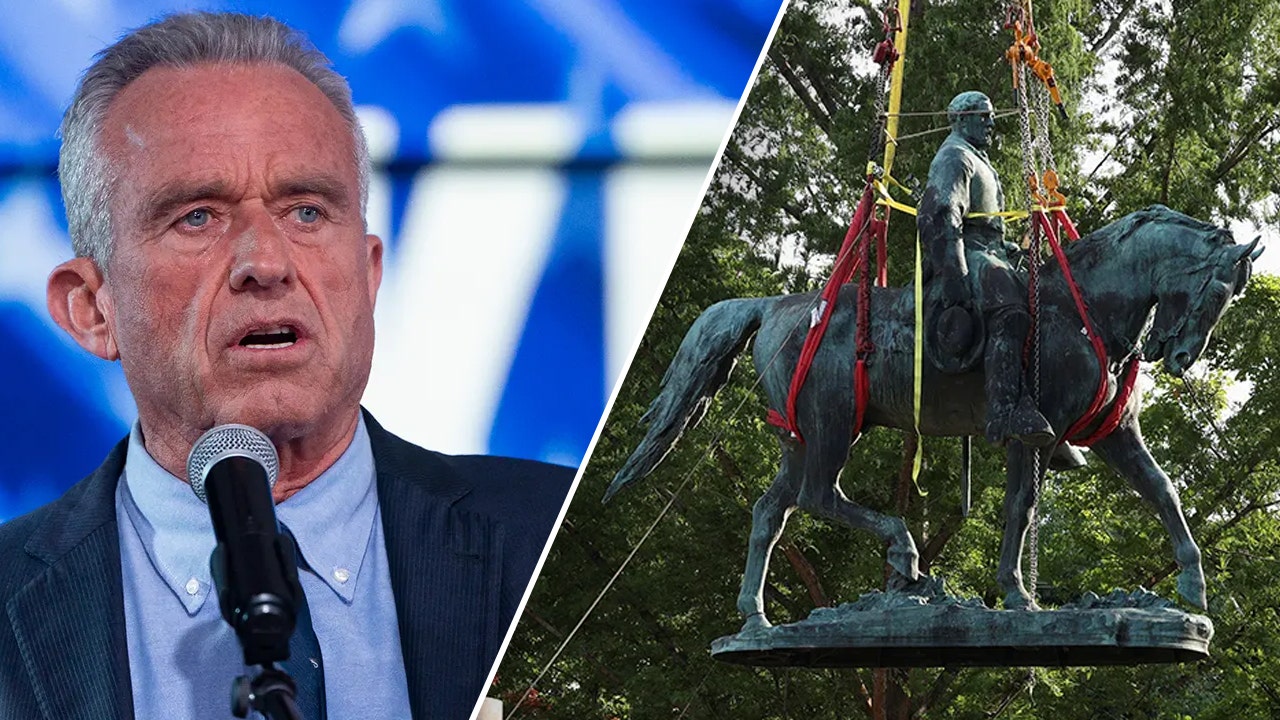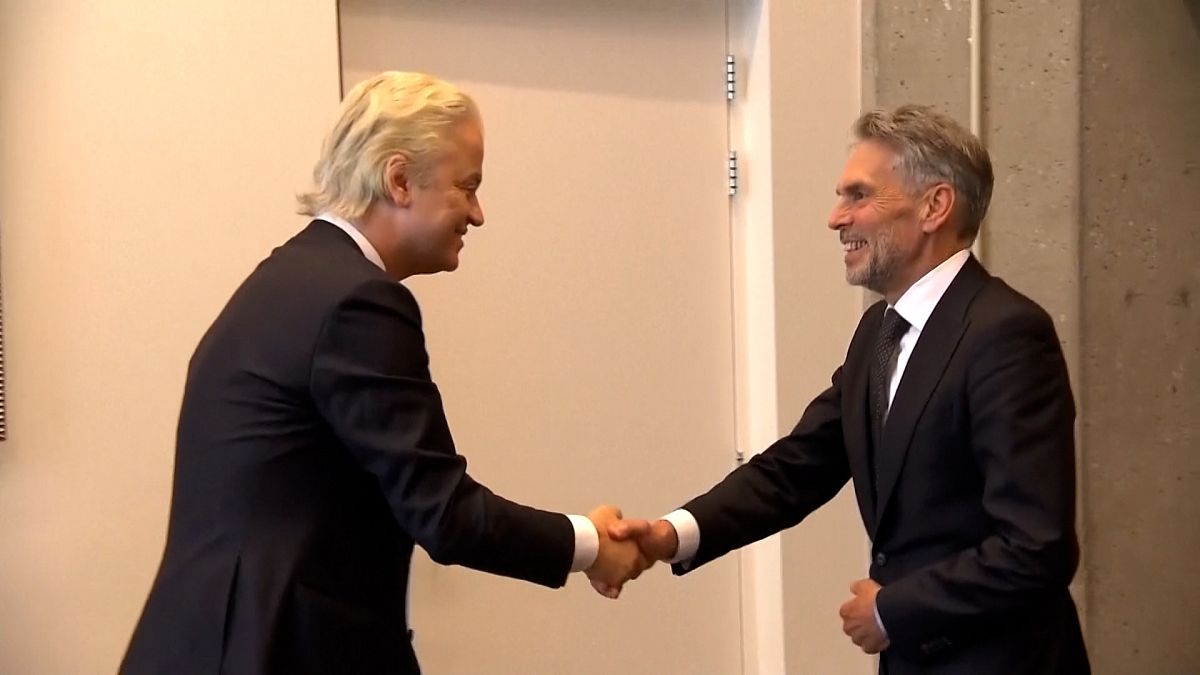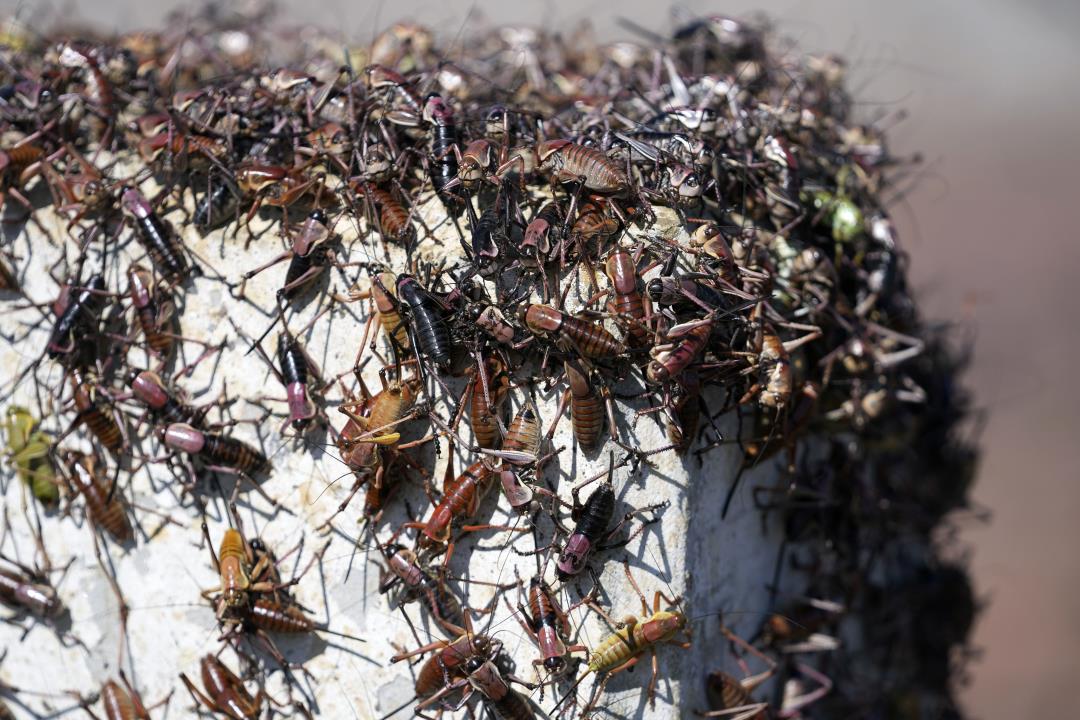Hawaii
How Can You Save What’s Already Gone?

Whenever Ai Hironaka, the resident minister of Lahaina Hongwanji Mission, looks at the widely published photo showing the temple burning, he thanks the photographer. After driving his family out of the fires, he tried to go back and save the Amida Buddha statue, but the wall of heat and smoke held him off. He thinks the photo was taken soon after his retreat, at the moment he looked back and saw the roof of Waiola Church, also in the frame, burning. To him, the picture shows the temple fighting to save what he could not. “You must be in pain,” he tells the temple in the photograph. “You did enough to protect this place. You did enough. You can lie down now.”
All three of Lahaina’s Japanese Buddhist temples, the oldest built in 1926, burned in the August blazes that swept Maui. With their dwindling congregations, rebuilding seemed unlikely. The Lahaina Jodo Mission, after all, had only about 10 families who regularly attended services, and the number of Hawaii’s Japanese Buddhist temples, many dating back to the 1900s, has been declining in the past decades.
In Hawaii, it often feels like we’re on the verge of losing everything. On small islands, so much can be easily wiped out, whether by tiny thrips or large corporations. I think that vulnerability is why a perpetual air of nostalgia pervades Hawaii, why we still give directions using a mango tree that has long been cut down, why in Hawaii alone Longs Drugs keeps its name even though CVS bought the chain more than a decade ago. The past is never gone. We are trying to hang on to what we have already lost, as if it could prevent more from slipping away. But in the beginning of August, we lost Lahaina. In a matter of hours, we lost lives, we lost homes, and we lost some of our most precious anchors to the past. Among them were the Japanese Buddhist temples.
History often focuses on how Christianity changed the islands, but in the early 20th century, Japanese Buddhism was also one of the main religions. Soon after laborers from Japan came to work on the sugar plantations in the late 1800s, the priests followed to bring spiritual comfort in the backbreaking conditions. Hironaka told me that the philosophy of the Hongwanji, a Buddhist sect, was that if the people asked for a temple, the organization would build it. By 1930, Hawaii had more than 170 Japanese Buddhist temples of various sects. But as the Japanese aged and their descendants turned to other religions, or none at all, attendance dwindled and temples shut down. About 50 now remain active.
The Lahaina Hongwanji’s membership, too, is a fraction of what it once was, and yet Hironaka said the Hongwanji will rebuild. People have asked, with skepticism, how many members will really come back. “Why don’t we make a place to go back to first?” he said. He sees the future temple as a beacon of hope, which Lahaina will need after the fire.
On the other side of the town, its grounds facing Baby Beach, the Jodo Mission was the most traditionally styled of Lahaina’s Japanese Buddhist temples. Established in 1912 and moved to its present site in 1931, the mission included a three-story pagoda and main temple that had been constructed using traditional Japanese carpentry, its wood beams joined without nails. A 12-foot-tall bronze Buddha cast in Kyoto survived the August fire.
In the days after the devastation, the temple received a large donation to help rebuild. Maya Hara, the daughter of the Lahaina Jodo Mission’s resident reverend, told me the money came “out of the blue from someone we didn’t know, but whose family was instrumental in building the temple in the first place.” To Hara, it’s proof of a deep spiritual and ancestral connection to the temple, even among those who don’t attend. She said, “I think because of our role and our history and legacy, there’s a lot of nostalgia and wanting to preserve a certain kind of lifestyle.” And yet to think about rebuilding is daunting, even if the intention is there. No one yet knows when they’ll be able to return to the property, or how long the cleanup will take. Months? Years? Long enough, perhaps, for this moment to become a memory, solidly in the past.
Many descendants of the plantation workers talk about the plantation era fondly; modern menus and architecture throughout Hawaii still reference that period—this, even though the conditions were often brutal, bordering on slavery. This, even though these same plantations helped to overthrow the Hawaiian monarchy, even though their land-use practices ultimately left Lahaina vulnerable to wildfires. Nostalgia can be complicated that way. Now some Native Hawaiians are calling for a return to a further past, when people coexisted more closely with the wetlands that once dominated Lahaina. How far back do we go? How far back can we go?
The hardships of the plantation era did help create this place, and some of its most valuable and beloved aspects—including the temples, which during that time also functioned as sites for labor-union organizing and social halls for homesick immigrants. Nostalgia for the Lahaina that no longer exists is already creeping in: Hironaka said that when he hitchhiked back to his car and family after trying to save the statue, he discovered that his son had left to look for him. Fearing that his son was now lost in the smoke, he was turning toward town again when his son emerged. His son had spotted one of the caretakers at Waiola Church, right next to Lahaina Hongwanji, Hironaka told me, and that caretaker had said that Hironaka had already turned back. “That saved my son,” Hironaka said. “How important, the neighbor knows me, knows my family. This is the power of Lahaina’s community.”
One of the islands’ oldest Hawaiian Christian churches and one of its oldest Japanese Buddhist temples burned together. And Hironaka hoped they would rebuild together—to create something new and valuable, from another hardship that now defines this place.

Hawaii
‘Outside the box’: In a first, indoor Oahu mall to host volleyball championship

HONOLULU (HawaiiNewsNow) – Volleyball fans across the state will see a historic first this weekend: The Hawaii Club Volleyball Championship is set for this Saturday and it will be played not at an arena or gym but at Windward Mall.
The mall’s center court will soon temporarily become the state’s capital for Hawaii club volleyball and a premier championship tournament featuring hundreds of athletes on 32 teams.
“You could play it at the Stan Sheriff, you could play at the Blaisdell, but that’s something that’s been happening consistently,” said 7Gen Culture co-director Ed Chun.
“Why not think outside the box and put it in a unique setting that’s really gonna have these athletes experience something unique.”
It’s believed to be the first time ever a Hawaii indoor mall is hosting a tournament of this size and organizers have been planning it for over a year, securing a venue, meeting fire code requirements, and inputting safety protections such as retaining nets.
“It’s just gonna be rocking here,” said 7Gen Culture co-director Sivan Leoni.
“Just with the amount of people that are gonna come with the way everything is situated with the upper level, the lower level and just the pure engagement of the people.”
Lots of planning, but the actual setup takes place in just a matter of hours.
The court and nets can only be installed after the mall closes Friday night, hours before the start of matches Saturday morning.
However, the tournament host has experience in these matters, having planned matches at the Hawaii Convention Center.
“When we are able to focus on one court and one court only, we can really put something special in place because we’re not having to focus on over 50 courts per se,” Chun said.
It’s no secret how popular volleyball already is across the state and events like this can only help elevate Hawaii’s love for the sport to another level.
“In this next Olympics, men’s volleyball specific, we have four athletes competing on a national level in an Olympic level that’s gonna be representing Hawaii on a 12 man roster,” Chun said. “If that’s them creating something without this platform set, so now if we have such a platform of competition in place, how many more Olympic athletes will we have in the near future?”
Matches begin at 10 a.m. Saturday and admission is free.
Copyright 2024 Hawaii News Now. All rights reserved.
Hawaii
Revival of racquetball: Longtime players hope to train, inspire Hawaii’s next generation

HONOLULU (HawaiiNewsNow) – While the sport of pickleball continues to explode in popularity across the United States, another game is enjoying a revival of sorts in Honolulu.
During the pandemic, most athletic clubs were forced to close their racquetball courts due to COVID restrictions.
Eventually, one of the most popular and convenient spots for racquetball players, the Honolulu Club, officially closed its doors for good.
”Every single racquetball court was shuttered, every club. All of our wonderful YMCA’s, the military, the Honolulu Club where we all came from, it was sad,” said Janet Kelley, founder and member chair of the Honolulu Racquetball Club.
That’s why Kelley decided to found a new club in hopes of sparking love and interest for the sport of racquetball.
The Honolulu Racquetball Club has even developed leagues with different age groups, including kupuna and keiki.
Kelley said the goal is to expand the club’s offerings and grow the sport on Oahu.
Beyond that, she wants to see more young people and women give it a try.
”It’s just the greatest workout, and we have a club here that is easy for anyone to learn,” added Kelley. “Because we’re giving away some free lessons. It can also just be a chance to play with your friends at whatever level: Beginner to advanced.”
If you would like more information on the Honolulu Racquetball Club, click here.
Copyright 2024 Hawaii News Now. All rights reserved.
Hawaii
Hawaii father beaten after complaining about illegal fireworks
EWA BEACH, Hawaii (CNN/KITV) — A father of two from Ewa Beach is in the hospital, recovering from severe injuries after his family says neighbors attacked him.
Coby Lynn had complained about the late-night aerial fireworks being set off after 10:30 p.m. Sunday.
“And they just left him in the street and they were all laughing about it and calling him old man. And they attacked him like animals,” Eileen Lynn said.
“And we’re sick of the fireworks in our community. We’re all older people. We’re trying to sleep. We all have to work. Like even today we were supposed to work,” she said of the Memorial Day holiday.
Surveillance video shows a man falling in the middle of the street. Flashes continue from a constant barrage of illegal fireworks.
Coby Lynn, who works as a window washer, has been a very active member in the community and, according to his family members, wanted the neighbors to stop with the late-night disruption.
“They attacked a very frail person,” Eileen Lynn said of her husband, who has been recently struggling with COVID-19. “I saw his face and I just can’t even believe they’re laughing about it and coming over in my yard, saying it’s his fault because he kicked a firework.”
Lynn’s son told Island News that his father was swarmed, all for knocking over one of the 25 shot cakes that the neighbors insisted on firing in the middle of the Ewa Beach intersection. His injuries are serious.
“His cheek is broken, it hangs down. He’s gonna have to have reconstructive surgery. His lip was hanging down and they caused a hole in between his throat and his his face,” Eileen Lynn said. “And so now he has to stay there because they have to stitch him up, maybe 10 on the outside and four inside.”
Eileen Lynn says police were pre-emptively called by the neighbors who instead questioned the victim and that nothing was done. The Lynn family says that the party continued after the beating.
The-CNN-Wire
™ & © 2024 Cable News Network, Inc., a Warner Bros. Discovery Company. All rights reserved.
-

 Movie Reviews1 week ago
Movie Reviews1 week ago‘The Substance’ Review: An Excellent Demi Moore Helps Sustain Coralie Fargeat’s Stylish but Redundant Body Horror
-

 Movie Reviews1 week ago
Movie Reviews1 week ago‘Rumours’ Review: Cate Blanchett and Alicia Vikander Play Clueless World Leaders in Guy Maddin’s Very Funny, Truly Silly Dark Comedy
-

 Culture1 week ago
Culture1 week agoFrom Dairy Daddies to Trash Pandas: How branding creates fans for lower-league baseball teams
-

 News1 week ago
News1 week agoVideo: A Student Protester Facing Disciplinary Action Has ‘No Regrets’
-

 Movie Reviews1 week ago
Movie Reviews1 week ago‘Blue Sun Palace’ Review: An Intimate, Affecting and Dogma-Free Portrait of Chinese Immigrants in Working-Class New York
-

 World1 week ago
World1 week agoPanic in Bishkek: Why were Pakistani students attacked in Kyrgyzstan?
-

 Politics1 week ago
Politics1 week agoAnti-Israel agitators interrupt Blinken Senate testimony, hauled out by Capitol police
-

 Politics1 week ago
Politics1 week agoMichael Cohen swore he had nothing derogatory on Trump, his ex-lawyer says – another lie – as testimony ends



















